Cities in Africa
Visit Windhoek
Windhoek is the capital and largest city of Namibia. It is located in central Namibia in the Khomas Highland plateau area, at around 1,700 metres (5,600 ft) above sea level, almost exactly at the country's geographical centre. The population of Windhoek in 2020 was 431,000 which is growing continually due to an influx from all over Namibia.
About Windhoek
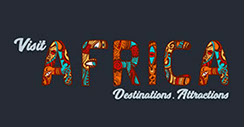
+256 760 038002 | +256 753 456707
info@visitafrica.site
Windhoek is Namibia's capital and largest city (population of 400,000). It is in the geographic centre of the country at an elevation of 1,600m. This is the city where most safaris travelling through Namibia begin, and also the first point of entry in Namibia should you arrive by airplane. Windhoek is the social, economic, political, and cultural centre of the country. Nearly every Namibian national enterprise, governmental body, educational and cultural institution is head quartered there.
Theories vary on how the place got its modern name of Windhoek. Most believe it is derived from the Afrikaans word wind-hoek (wind corner). Another theory suggests that Captain Jonker Afrikaner named Windhoek after the Winterhoek Mountains at Tulbagh in South Africa, where his ancestors had lived. The first known mention of the name Windhoek was in a letter from Jonker Afrikaner to Joseph Tindall, dated 12 August 1844
Geography
Expanding the town area has – apart from financial restrictions – proven to be challenging due to its geographical location. In southern, eastern and western directions, Windhoek is surrounded by rocky, mountainous areas, which make land development costly. The southern side is not suitable for industrial development because of the presence of underground aquifers. This leaves the vast Brakwater area north of town the only feasible place for Windhoek's expansion
Climate
Windhoek has over 300 sunny days per year. It experiences a hot semi-arid climate as the annual average temperature is above 18 °C (64 °F). The temperature throughout the year would be called mild, due to altitude influence. The annual average high and low temperature range is 13.4 °C (56.1 °F). The coldest month is July, with an average temperature of 13.1 °C (55.6 °F), while the hottest month is December, with average temperature 23.5 °C (74.3 °F). Due to its location near the Kalahari Desert, the city receives 3,605 hours of sunshine. Precipitation is abundant during the summer season, and minimal during the winter season.
History
In 1840 Jonker Afrikaner established an Orlam settlement at Windhoek. He and his followers stayed near one of the main hot springs, located in the present-day Klein Windhoek suburb. He built a stone church that held 500 people; it was also used as a school. Two Rhenish missionaries, Carl Hugo Hahn and Franz Heinrich Kleinschmidt, started working there in late 1842. Two years later they were driven out by two Methodist Wesleyans, Richard Haddy and Joseph Tindall. A request by merchants from Lüderitzbucht resulted in the declaration of a German protectorate over what was called German South West Africa, which is today Namibia in 1884. The borders of the German colony were determined in 1890 and Germany sent a protective corps, the Schutztruppe under Major Curt von François, to maintain order. Colonial Windhoek was founded on 18 October 1890, when von François fixed the foundation stone of the fort, which is now known as the Alte Feste (Old Fortress). After 1907, development accelerated as indigenous people migrated from the countryside to the growing town to seek work.
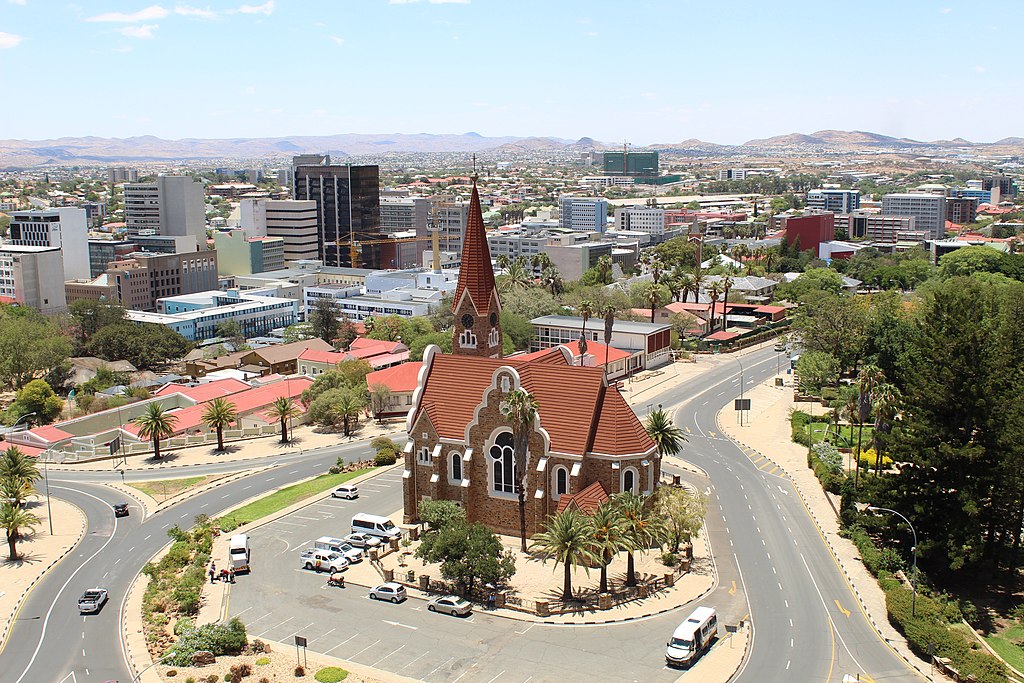
Getting In
- By Car; The B1, which runs from the north to the south and the B2 (Trans-Kalahari) which runs from the east to the west through Namibia are the primary land routes into Windhoek. Northern towns served by the B1 include Oshakati, Otjiwarongo, and Okahanja. Southern towns include Rehoboth, Keetmanshoop and Lüderitz. From the west the B2 connects Swakopmund and from the east it connects Gobabis.
- By Plane; If you're arriving in Namibia by airplane, this is most likely to be via Hosea Kutako International Airport. It's a relatively small airport, with a handful of gates and no aerobridges. Airside there are a few souvenir shops, and a bistro with fairly average food in a large common waiting hall for all flights. Landside there is a nice cafe outside of departures with good coffee, burgers, toasties and at reasonable prices. There is a official taxi booth landside in arrivals. Even though the airport is small, the queues can still be fairly long for security and immigration clearance - both incoming and outgoing. Car hire is available at the airport with all the majors. The airport is approximately 45 km (28 mi) out of town, so give yourself plenty of time to travel to the city centre.
- By Train; TransNamib, via their StarLine passenger service, operates trains from Windhoek to a few destinations in Namibia.
- By Minibus-taxi; This is the easiest way to get to Windhoek for people without a car. Minibuses run from everywhere in Namibia, and through some combination of different routes, one can always find their way to Windhoek. The Engen petrol station north of downtown (Rhino Park) is the rank for southern and western destinations such as Mariental, Swakopmund, Keetmanshoop.
Getting Around
- On Foot; Most hotels and hostels are close to the city centre, so you can easily walk to most shops, restaurants, clubs and sights. After dark it is not safe to walk, though.
- By Car; Traffic in Windhoek generally flows freely, and driving is generally well ordered. Parking garages are located in the shopping centres and and some street parking is available too.
- By Taxi; There is no scheduled public transport in Windhoek but there is a system of shared taxis that do not have fixed routes. Everybody in the taxi is driven to their intended destination, in the order the driver thinks is best. Taxis have their registration number, a letter and up to three digits, prominently displayed. Taxis looking for passengers will hoot. To catch a taxi, point your hand into the direction you want to travel. Once the driver stops, tell him your destination.
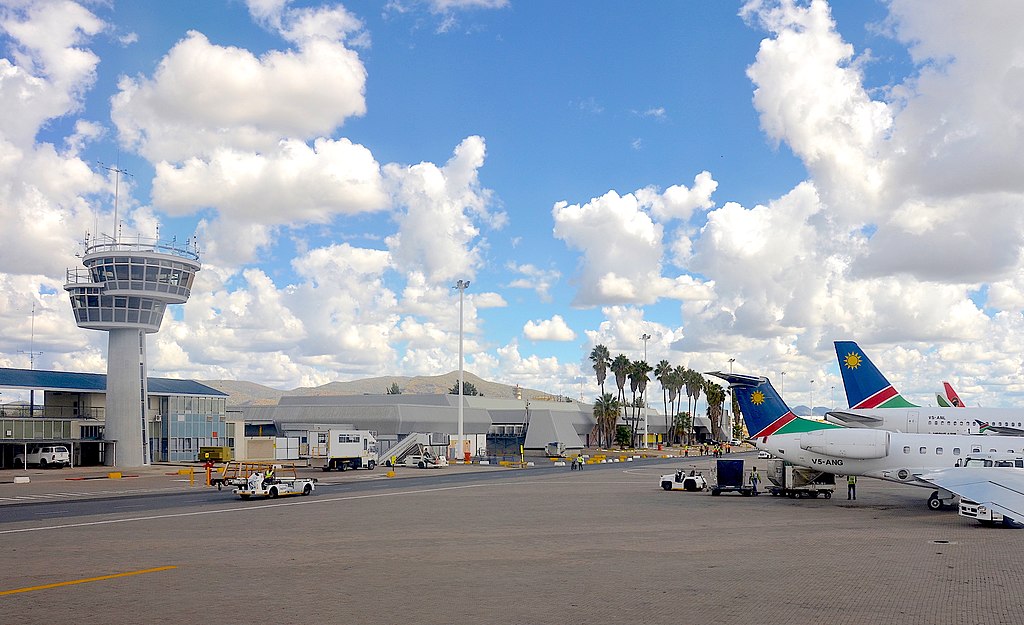
Attractions (What to See)
- Parliament of Namibia. Formerly the legislative assembly during the apartheid days, this is now the home of the National Assembly. There is also a new building next door for the National Council.
- National Gallery of Namibia
- Dictator street names Though Namibia isn't a dictatorship, there are a few dictators with whom Namibia's first President was quite friendly during the days of the struggle for independence. There are two in Windhoek, both downtown: Fidel Castro St. and Robert Mugabe Ave.
- Christuskirche In the middle of a big traffic circle where Robert Mugabe Ave. and Fidel Castro St. meet, at the gates of the Parliamentary compound. The old Lutheran church. The circular stained-glass window in the facade and all the other stained-glass windows in the church were donated by Kaiser Wilhelm II, as a gift to the colony. In the 1990s, a tourist noticed that all the windows were installed with the sun protection on the inside, prompting authorities to re-install all of the windows, properly.
Things to Do
- AJ du Plooy Sports Fields, Socrates Street, Academia (Between Academia High School and Windhoek Technical High School. Follow the way to the University of Namibia (UNAM), it is roughly opposite.). Soccer and rugby fields, tennis courts, basketball court. Also suitable for a picnic. Not all amenities are in good shape but it is free to use for everyone. Not safe after dark.
- Archer's Land, on farm Monte Christo north of Windhoek, Two hunting trails (rubber animals, of course) of circa 2 km each. There's also a camp site. Fishing on the Otjiseru river is also possible but as it is the outflow of the heavily polluted Goreangab Dam you cannot eat the fish. The owners expect that you throw it back into the water, anyway.
- Cats Unlimited, They guide conservation expeditions concentrating on big cats just outside of Windhoek.
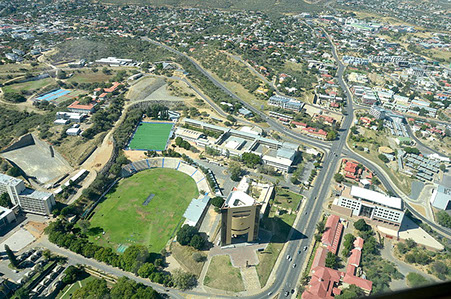
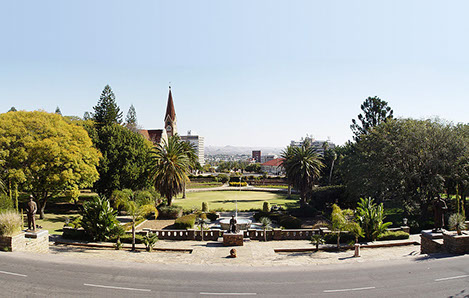
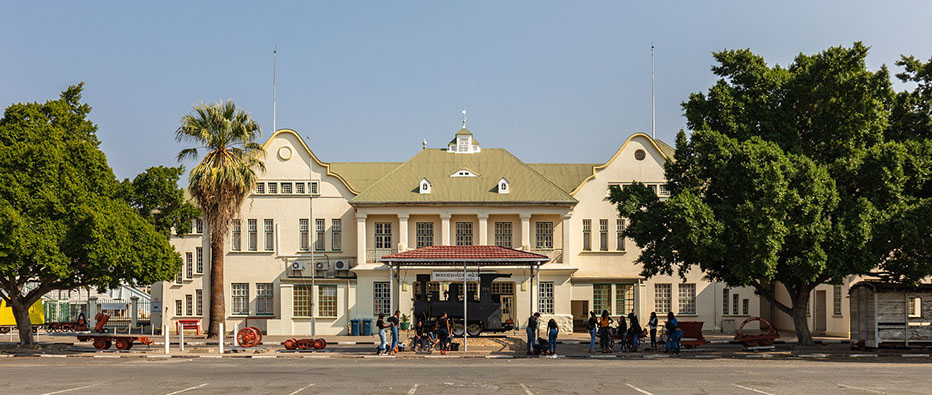
Where to Stay (Accommodation)
Budget:
- Cardboard Box Backpackers Hostel, 15 John Albrecht St (at the corner of John Meinart), Has a bar and a swimming pool; close to downtown. Also the site of the Cardboard Box Travel Shop.
- Chameleon Backpackers Lodge & Guesthouse, 5-7 Voight St; Has a mix of dorm and private rooms with a bar, swimming pool and booking desk for Chameleon Safaris. Close to downtown.
- ParadiseGarden Backpackers (ParadiseGarden Hostel & Camping), 5 Roentgen Street; Owned and managed by a German. Has travel information desk, free WiFi and secure parking, well-equipped kitchen, laundry service, a huge and always clean swimming pool, located within a 15-minute walk from Windhoek downtown. English, Spanish and German spoken.
- Rivendell Backpackers, 40 Beethoven St, Single/double rooms and dorm beds. Has a swimming pool.
- Backpackers Unite, 5 Grieg St, camping/dorm beds. has a swimming pool. free breakfast and wifi.
Mid-Range;
- Jan Jonker Accommodation, 183, Jan Jonker Road
- Okavango Guesthouse, 124 Andimba Toivo Ya Toivo St
- Hotel Casa Blanca, 52 Fritsche Street, Pioneers Park
- Galpinii Guest House (b&b), 45, Prinsloo Street, Pioneers Park
- Klein Windhoek Guest House, 2 Hofmeyer Street, Klein Windhoek
- Jordani Bed and Breakfast, 55 Hamutenya Wanehepo Ndadi St
Splurge;
- Protea Hotel Furstenhof, Dr. Frans Indongo Street. Luxury hotel downtown with a pool and beautiful view of the city.
- Avani Windhoek Hotel & Casino, 129 Independence Ave. Four star hotel downtown with a "casino". The Avani and Hilton are both on Independence Avenue downtown, almost across the road from each other. The rooms at Avani aren't as plush as the Hilton, but it does have the shopping centre and cafe attached which adds some amenity. Mostly guests at the Avani, where as the Hilton draws on a wider demographic of guests, locals, and ex-pats.
- Windhoek Country Club. Luxury resort and conference centre in the south end of the city
- Heinitzburg. Boutique hotel in an old castle above the city.
- Hilton Hotel, Rev. Michael Scott St. Namibia's only five-star hotel. Luxury, certainly when compared to the alternatives, well equipped, excellent service, city center location. The conference area is a hub for the city's business activities, and the pool bar buzzes with residents and visitors.
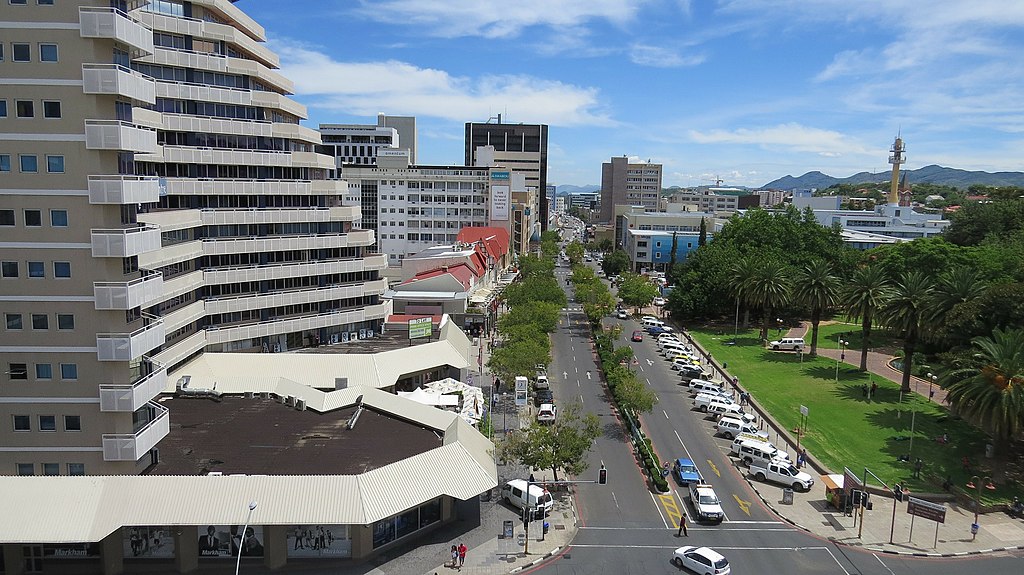
Architect Tourism SMC Ltd is an African tourism company, crafted to inspire and enable a breathtaking beautiful experience of Africa. Visit Africa is one of Architect Tourism SMC tourism brands. Visit Africa is inspired to craft innovative, fun and breathtaking tourism events, trips, excursions, getaways, safari, vacations, holiday, and tours experiences.
Vision: To inspire, craft, and enable a breathtaking beautiful experience of Africa.
Our Values: African, Oneness, Integrity, Client focused, Conservation focused, Innovative, Excellence, Simplicity.
Company Registration Number: 80020002986484 | Company Tax ID: 1018106912

Visit Africa is an African tourism brand, that profiles every tourist destination, in every country, in Africa; Destinations, How to get there, Attractions, Things to do, How to get around, itinerary pricing and Where to stay, for an adventurous breathtaking and thrilling experience of tourism of Africa.
Visit Africa
Destinations
Visit Namibia
We are Social!
Search this website!
Africa
Visit Africa
Visit Uganda
Visit Tanzania
Visit Zimbabwe
Visit South Africa
Visit Kenya
Visit Morocco
Tour Itineraries
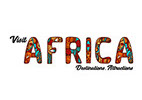
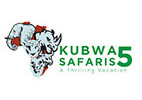
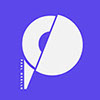








Visit Africa Copyright © 2019 - Visit Africa is a Tourism Brand of Architect Tourism SMC Limited.
Wildlife in Africa
Visit Egypt

Visit Rwanda